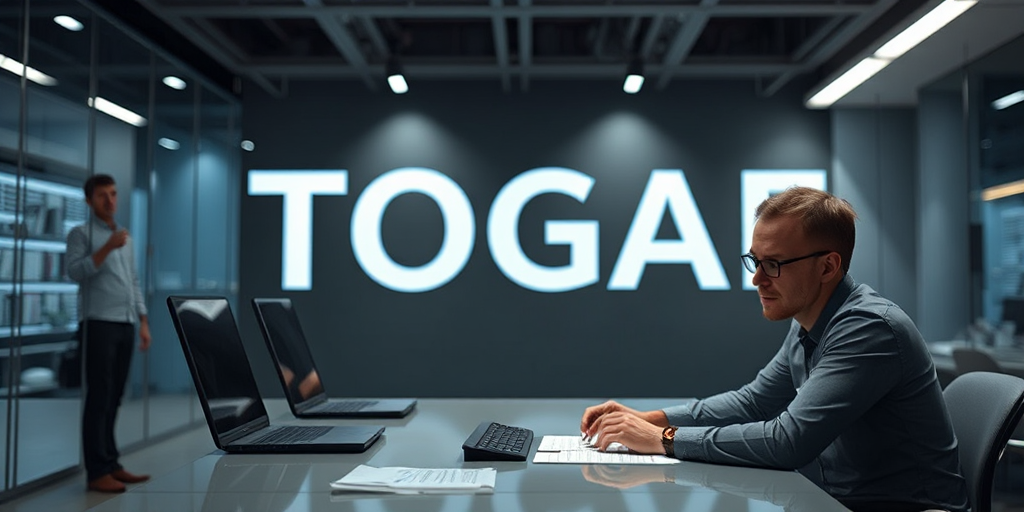
TOGAF Practitioner Guide to Common Concern Classes
The TOGAF Architecture Development Method (ADM) provides a comprehensive approach for developing enterprise architectures. However, there are some common concerns that architecture practitioners often face when implementing TOGAF. This guide aims to address these concerns and offer practical solutions. Addressing Common TOGAF Implementation Challenges When adopting TOGAF, organizations may encounter challenges related to stakeholder engagement, governance, and the integration of various architectural domains. This guide provides insights and strategies to overcome these obstacles, ensuring a successful TOGAF implementation. ...




